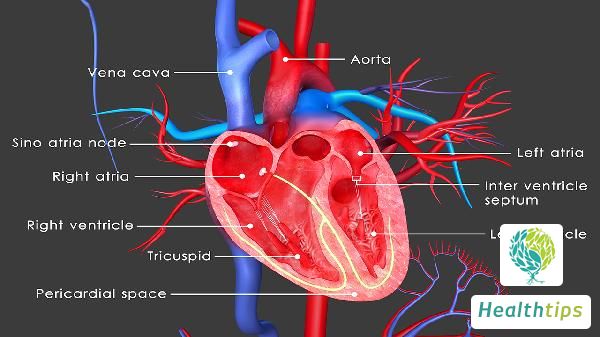Is it Dangerous to Have a Diastolic Pressure of 110 and a Systolic Pressure of 140?
A diastolic blood pressure of 110mmHg and a systolic blood pressure of 140mmHg are usually considered dangerous, and it is recommended to promptly seek treatment for lowering blood pressure without delay. The normal range for diastolic blood pressure is 60mmHg to 90mmHg, and the normal range for systolic blood pressure is 90mmHg to 140mmHg. If the diastolic blood pressure reaches 110mmHg, it is generally classified as stage 3 hypertension, while a systolic blood pressure of 140mmHg falls within the normal range.

Without timely treatment to lower blood pressure, the blood pressure levels may rise again over time, potentially leading to symptoms such as dizziness, headache, nausea and vomiting, and chest tightness. It can also increase the risk of cardiovascular and cerebrovascular diseases, such as cerebral thrombosis and acute myocardial infarction, requiring prompt medical attention.
Patients can take medications prescribed by their doctors, such as Nifedipine Sustained-release Tablets, Irbesartan Tablets, and Amlodipine Besylate Tablets, which can effectively lower blood pressure. Additionally, patients can also take prescribed medications such as Furosemide Tablets, Spironolactone Tablets, and Hydrochlorothiazide Tablets to improve edema in the lower extremities.
It is also important to adopt a healthy lifestyle and avoid high-sodium foods like pickled vegetables and salted eggs to prevent excessive accumulation of sodium in the body, which can affect normal metabolic functions.



















